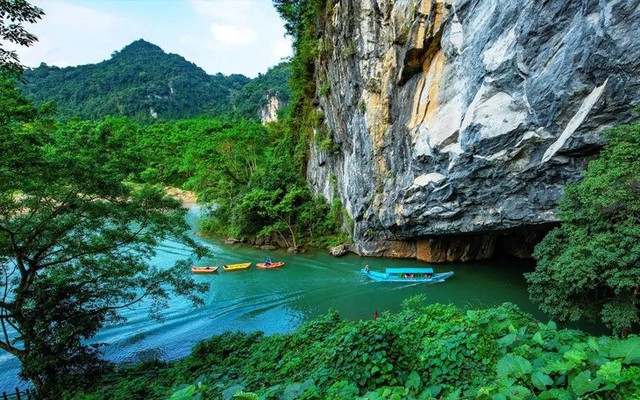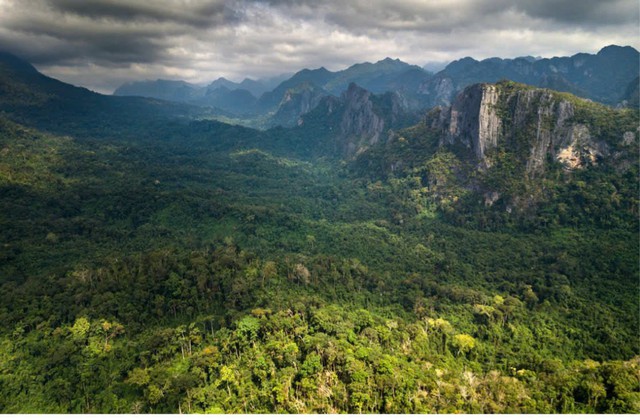UNESCO recognized first Transboundary Natural World Heritage Site in Southeast Asia
VGP - Phong Nha-Ke Bang National Park (Viet Nam) and Hin Nam No National Park (Laos) have been officially recognized as the first transboundary natural world heritage site in Southeast Asia by the UNESCO World Heritage Committee.

Phong Nha-Ke Bang National Park (Viet Nam)
The decision was announced during the committee's 47th session held in Paris, France. The newly designated site is now officially named "Phong Nha - Ke Bang National Park and Hin Nam No National Park."
This marks the first time a Vietnamese site has received transboundary World Heritage status. The Governments of Viet Nam and Laos jointly submitted the nomination dossier to UNESCO in February 2024.
Phong Nha-Ke Bang National Park has already been inscribed twice as a World Natural Heritage site for its distinctive karst geomorphology and exceptional biodiversity. The park is renowned globally for its ecological value and tourism appeal, as well as Viet Nam's efforts to raise awareness through international integration.
Known as a model of "Ecosystem and Biodiversity," the park features rare flora and fauna, including a unique evergreen tropical forest and a 500-year-old cypress species. Tourism activities in the park include self-guided tours, joint ventures, and forest environment service leases.

Hin Namno National Park (Photo: hinnamno.org)
Located about 150km from Thakhek town in southern Laos, the Hin Nam No National Biodiversity Conservation Area spans 82,000 hectares. It is home to more than 40 mammal species, over 200 bird species, 25 bat species, 46 amphibian and reptile species, over 100 fish species, and more than 520 plant species.
Hin Nam No also offers significant eco-tourism potential with its striking limestone cave systems, including Nangen, King, Heaven, Konglor, and Xebangpha caves. The reserve shares a border with Phong Nha-Ke Bang National Park, enhancing the ecological connectivity between the two protected areas./.

